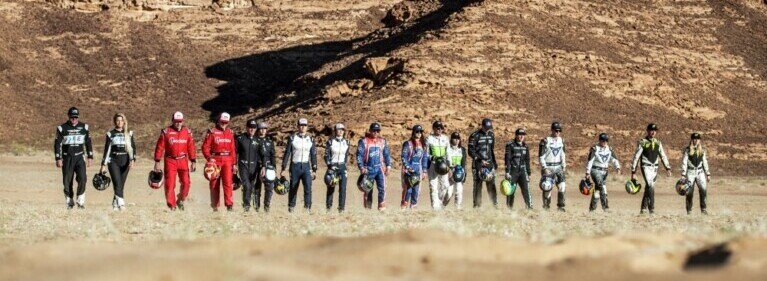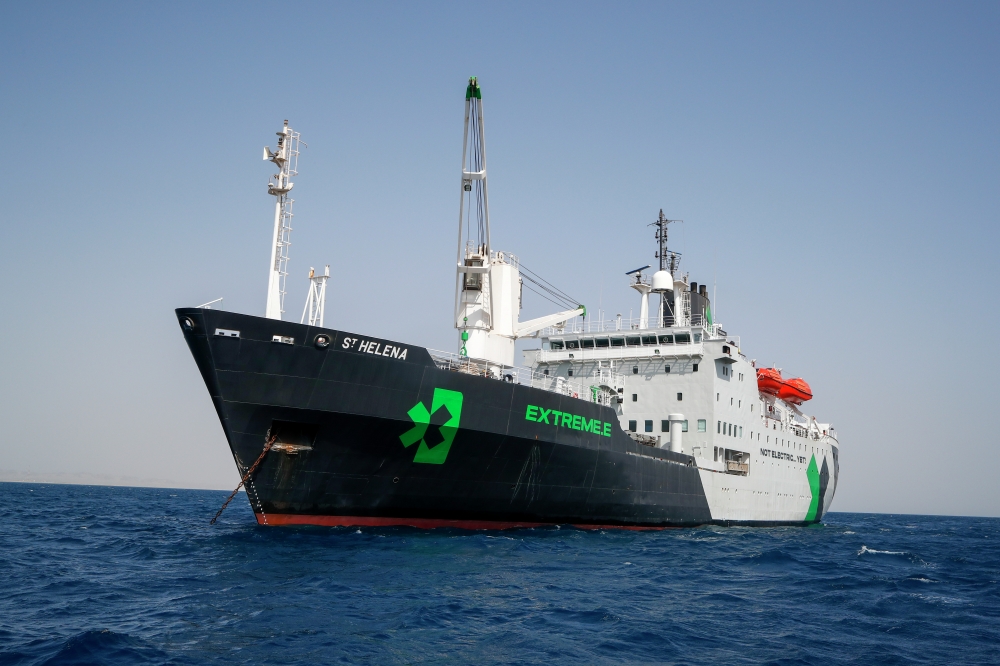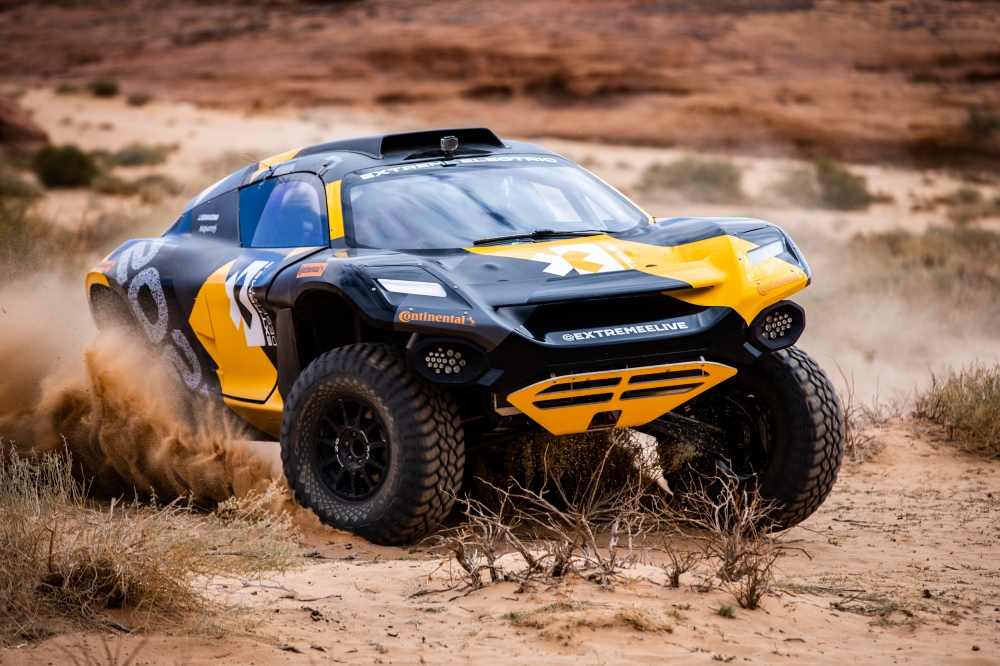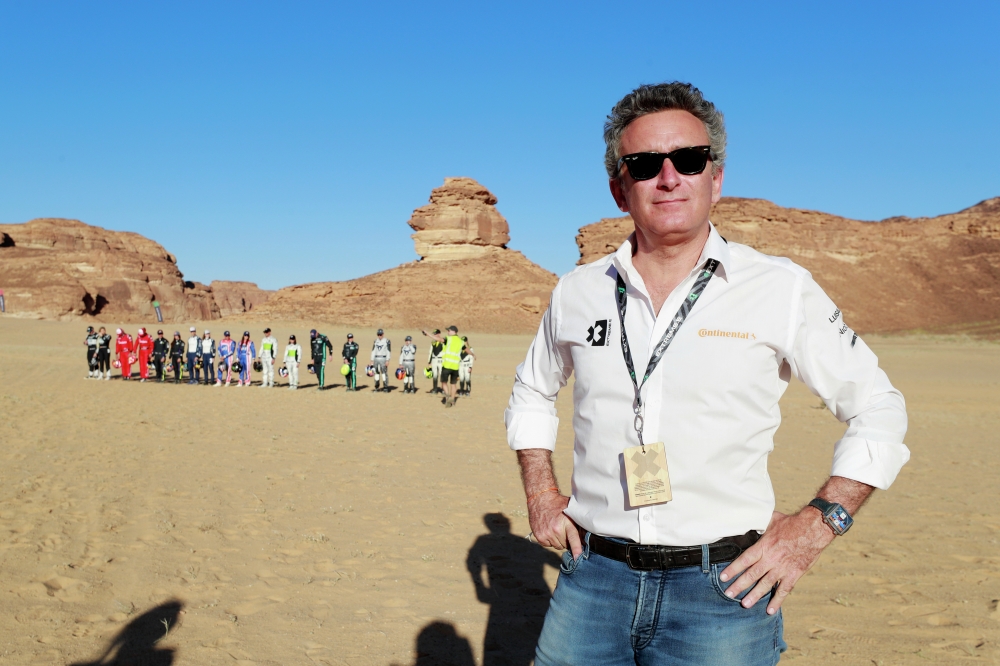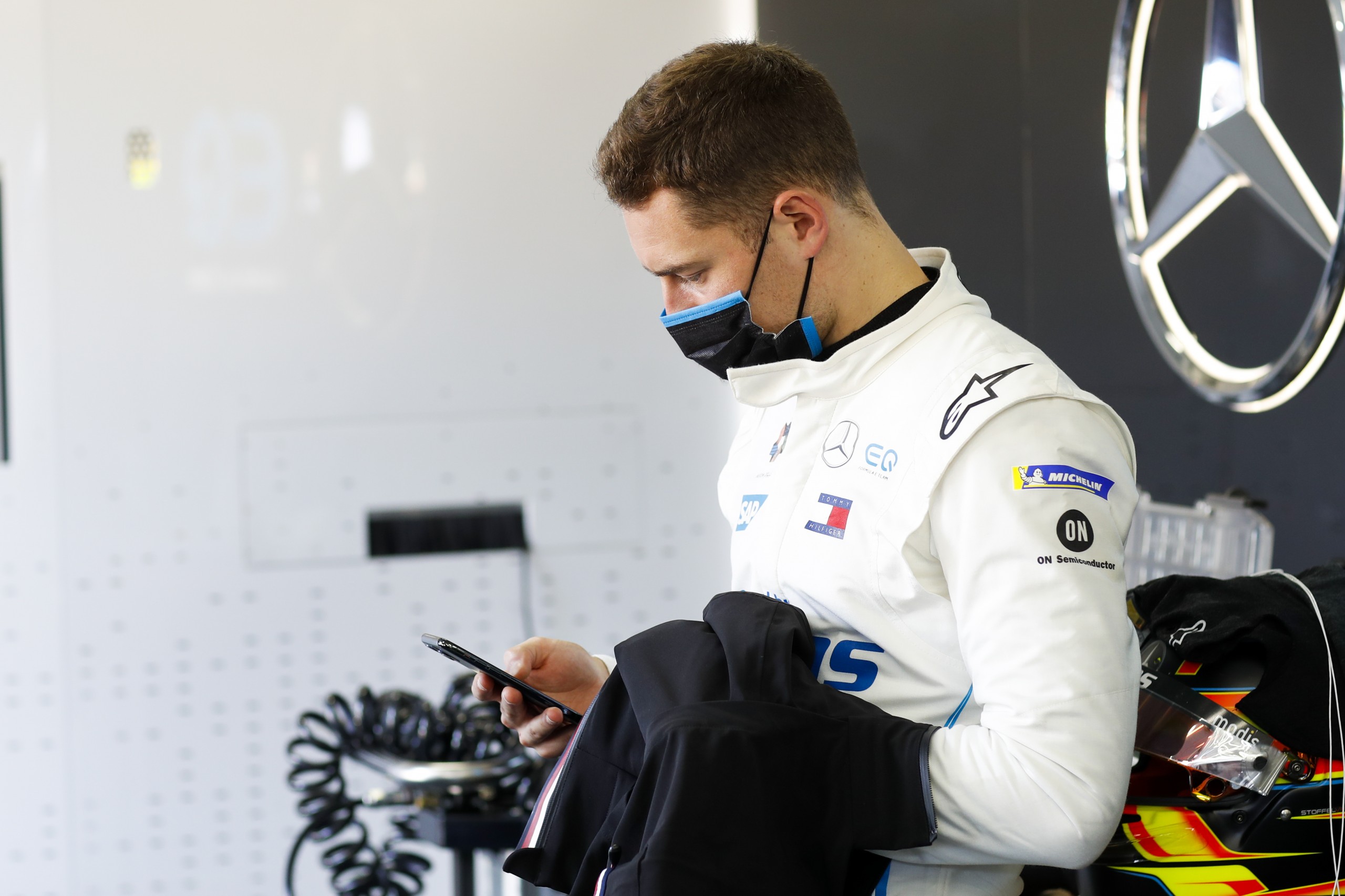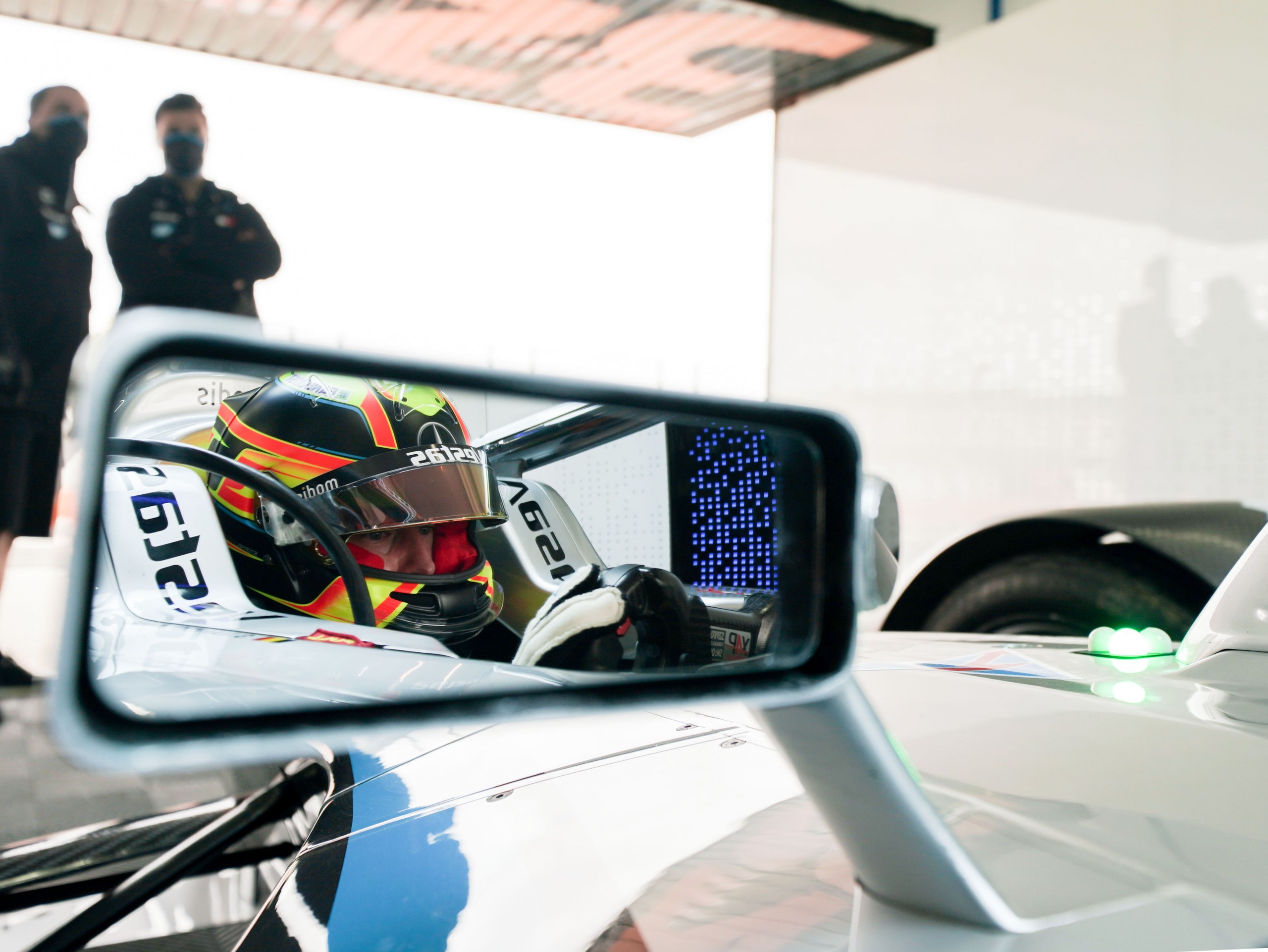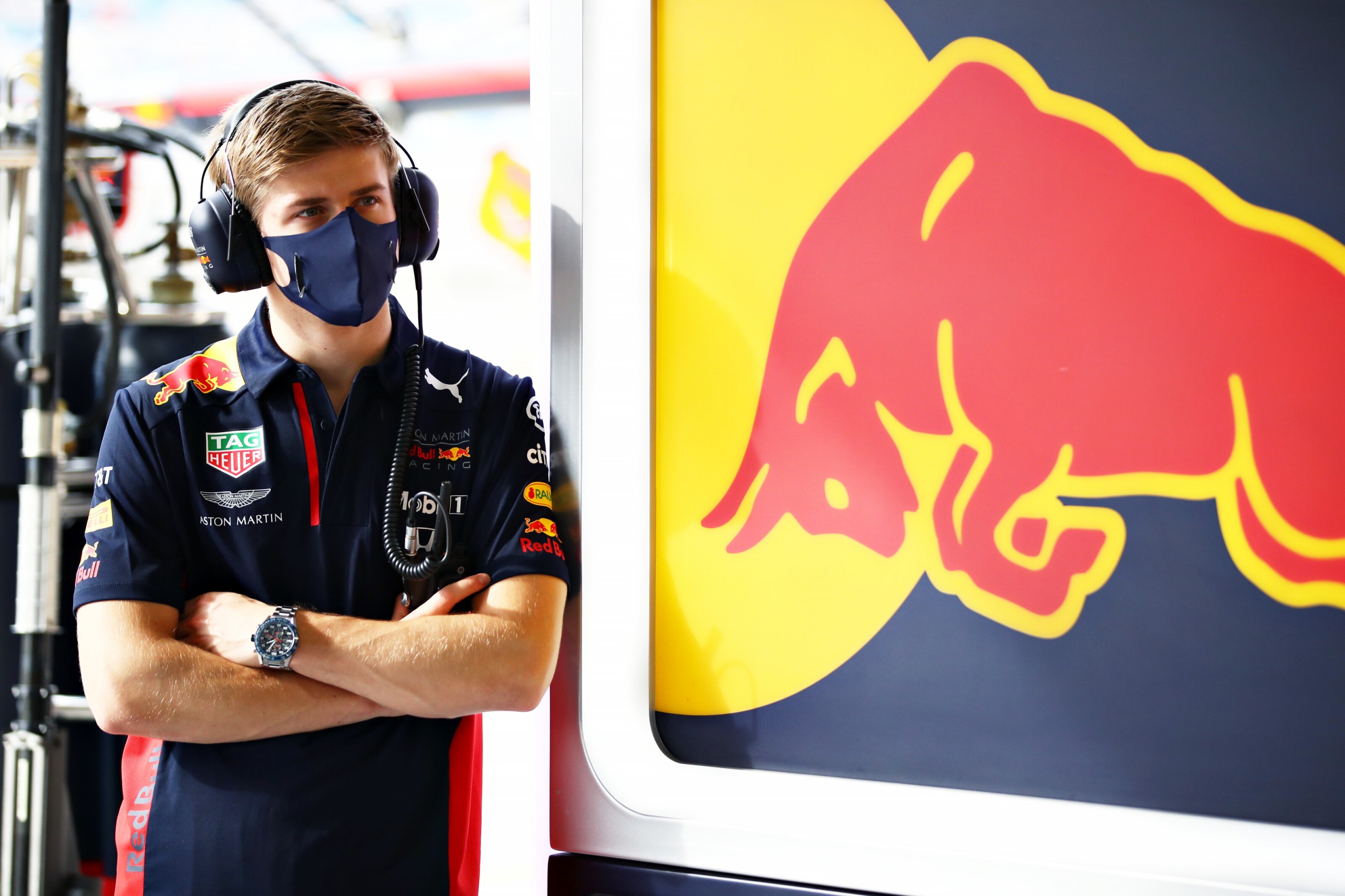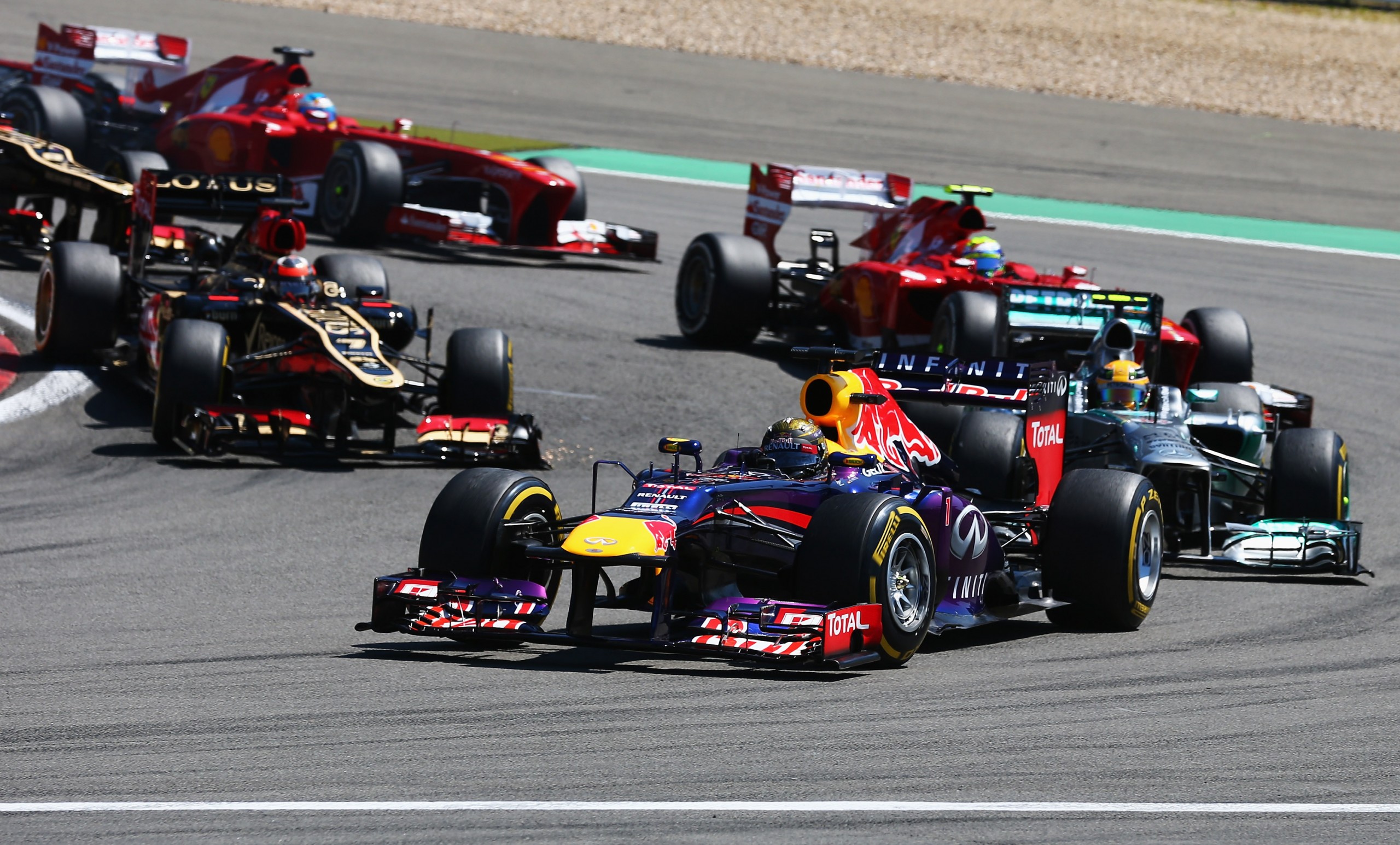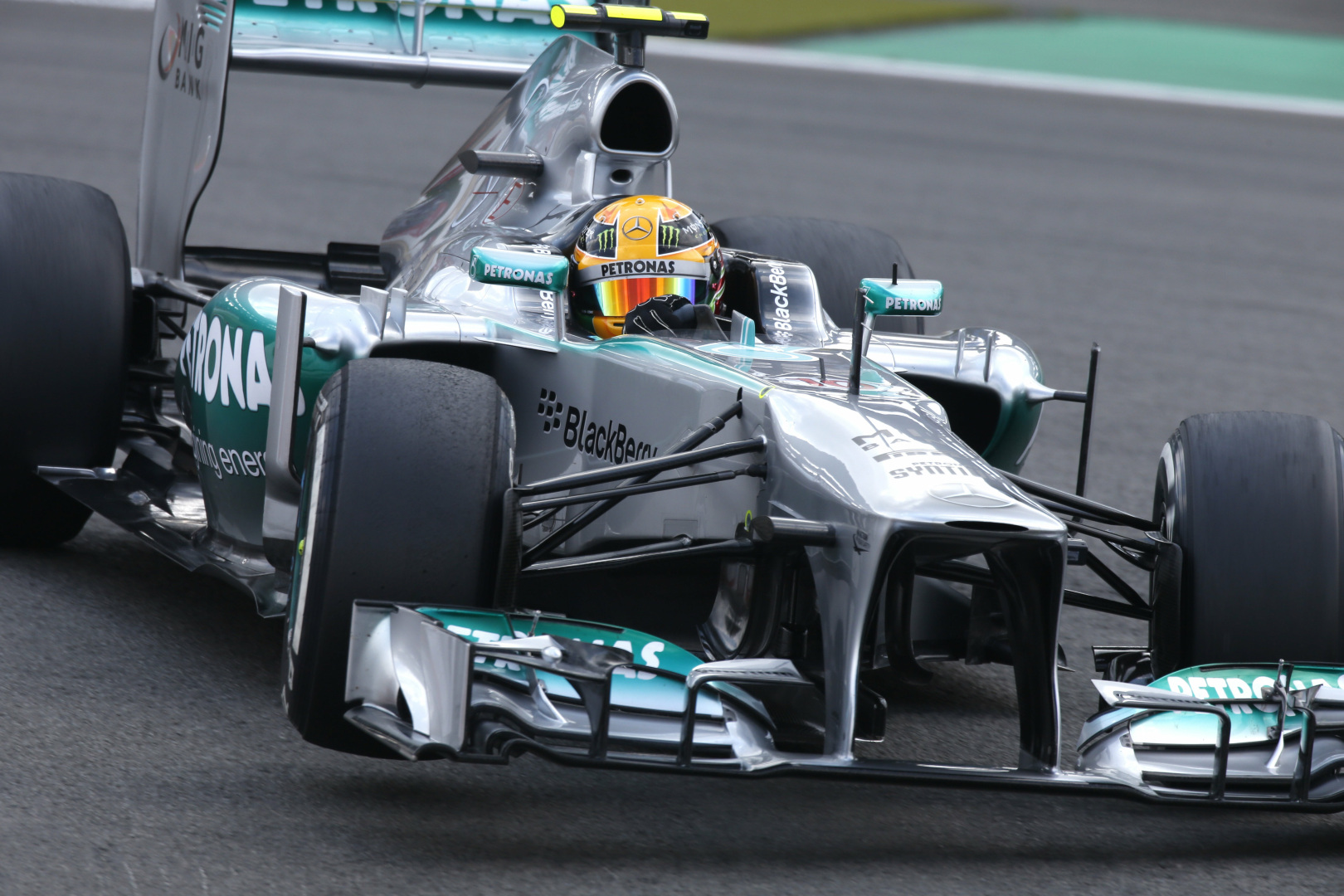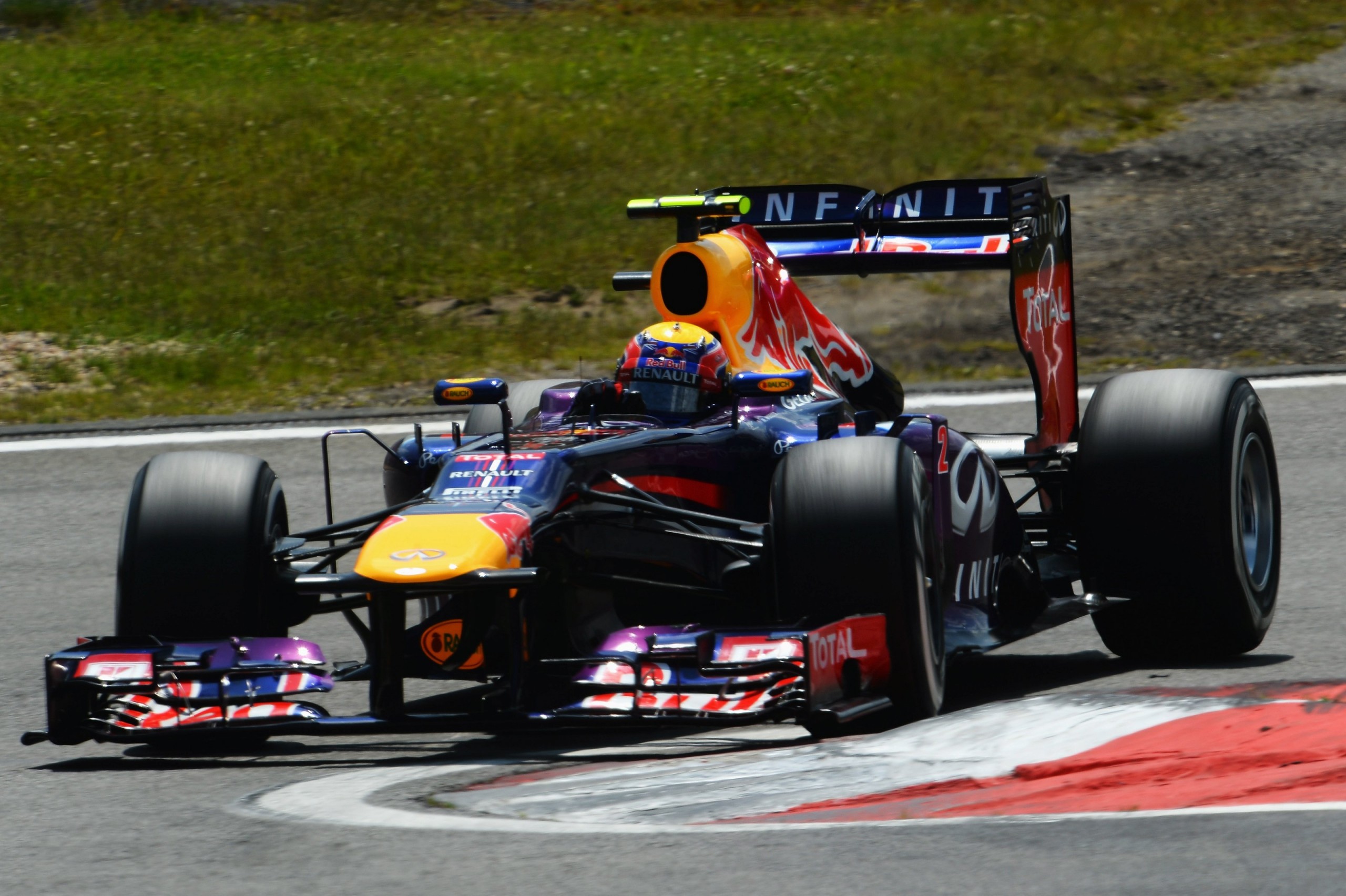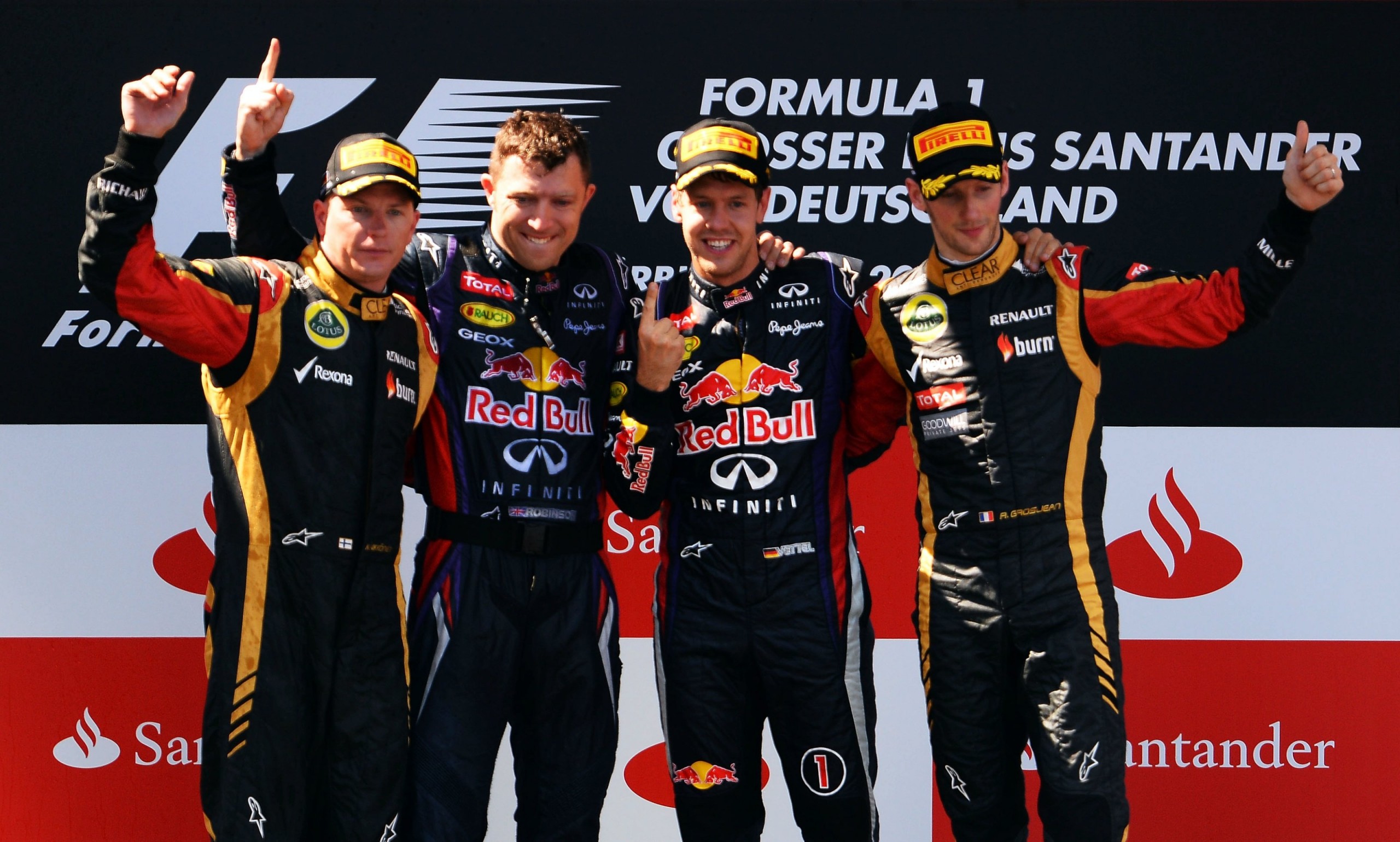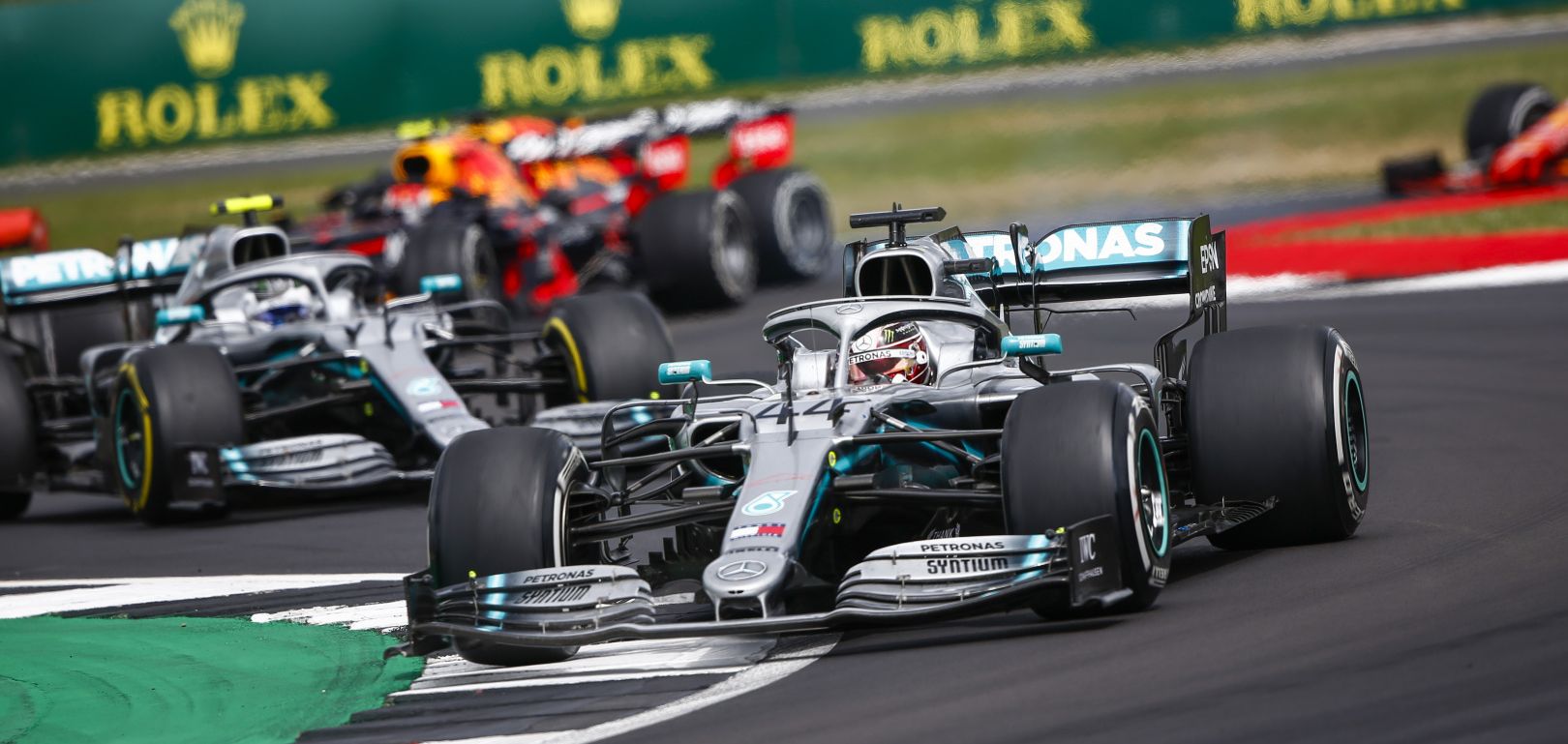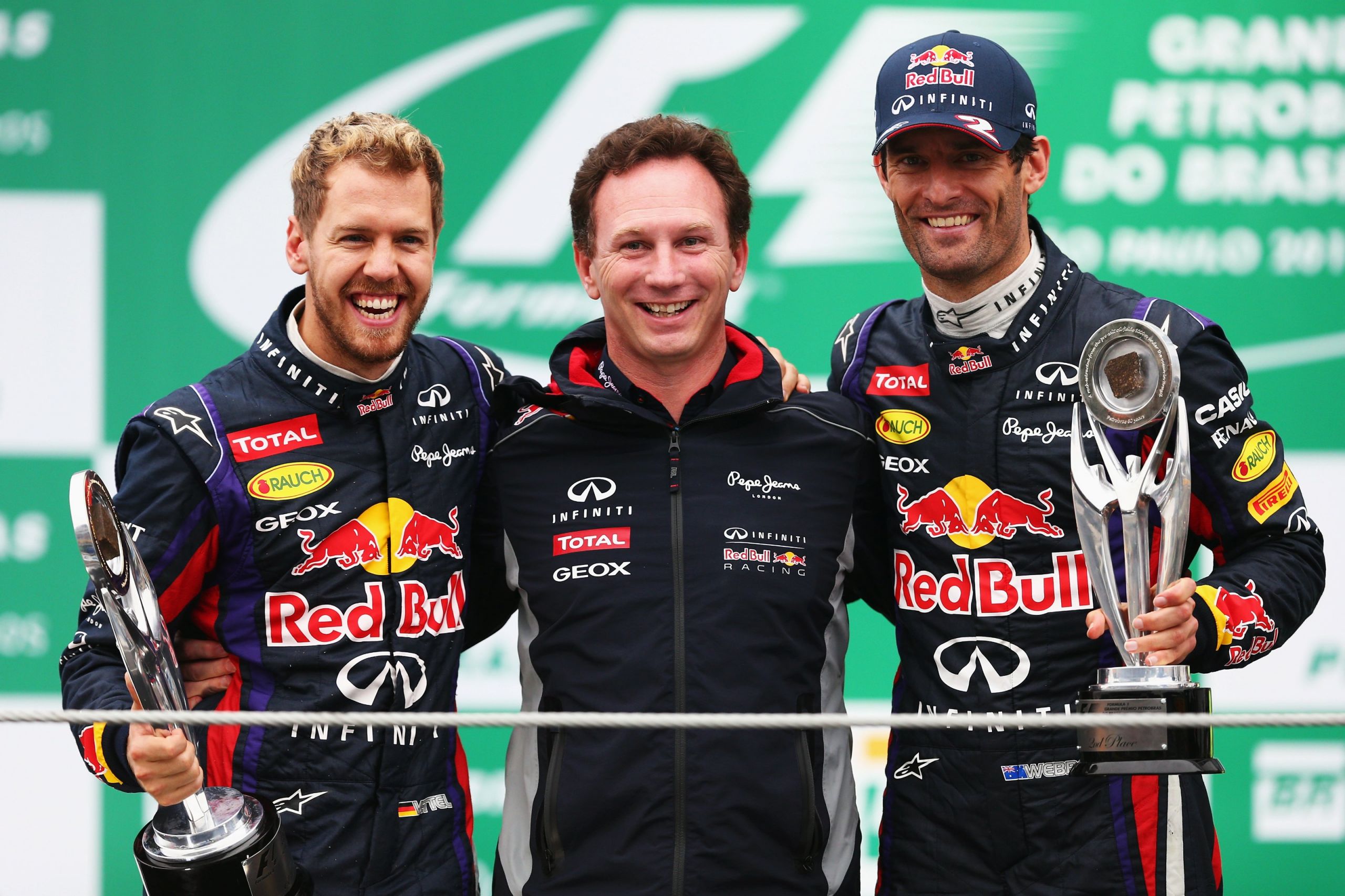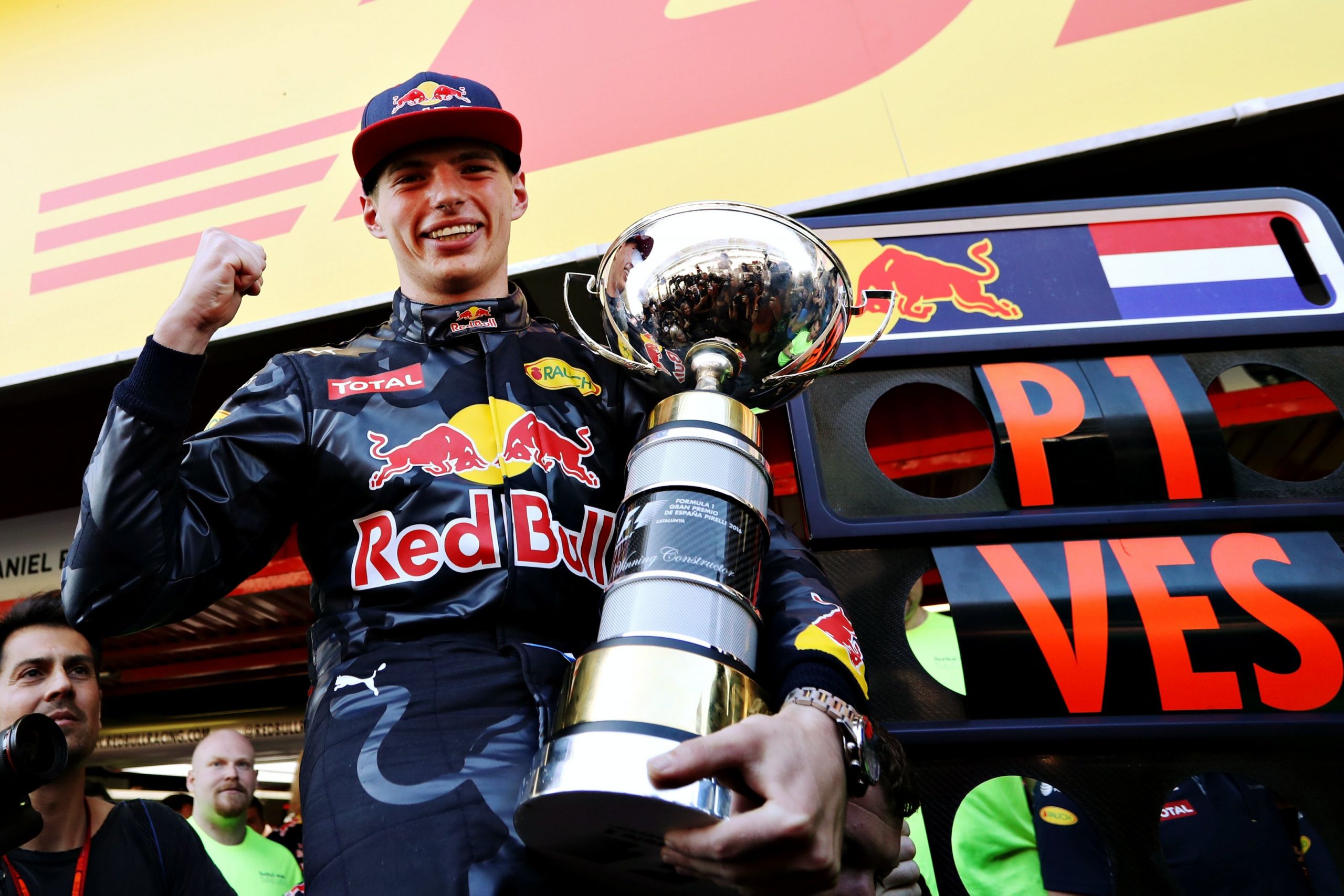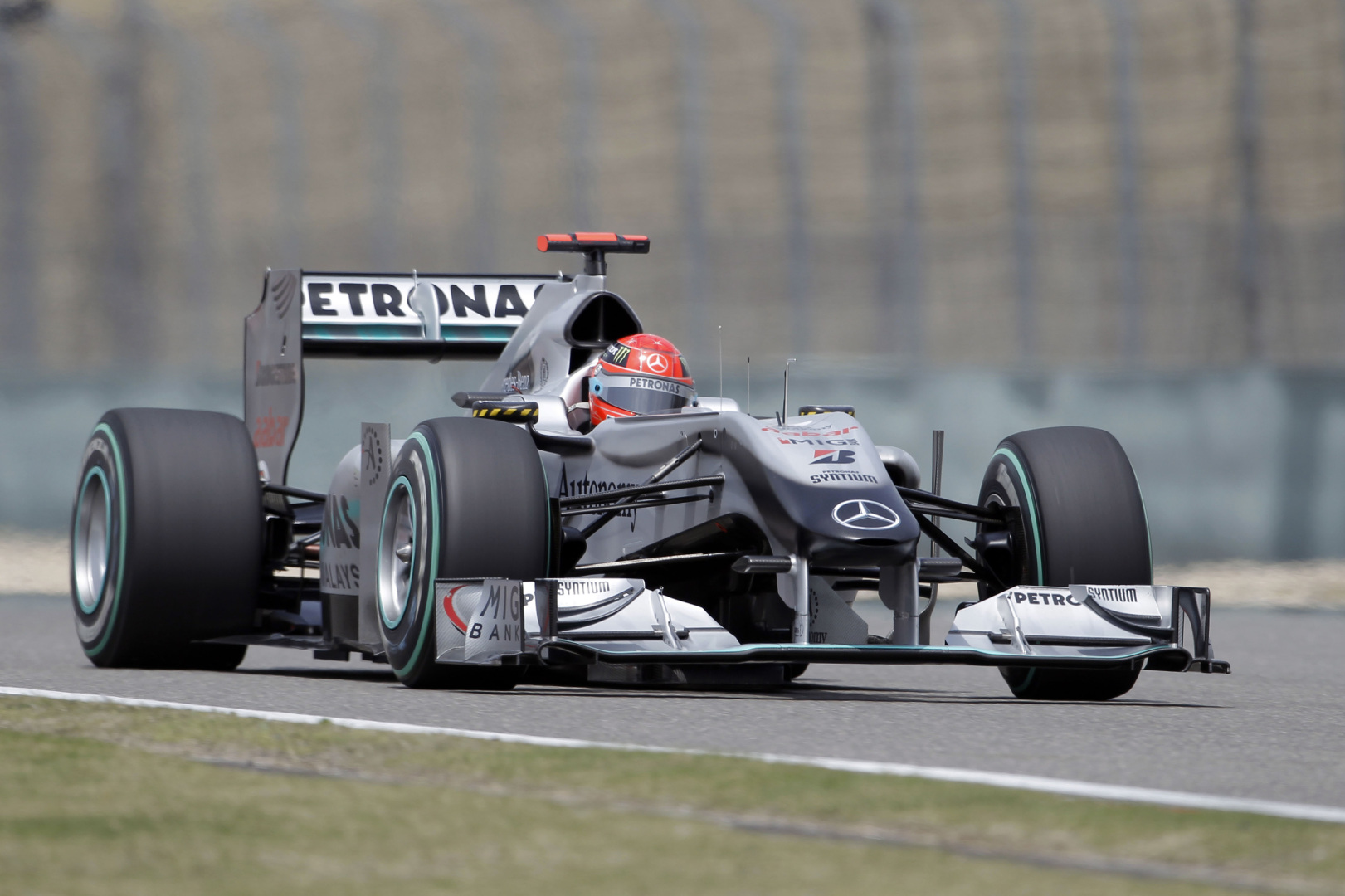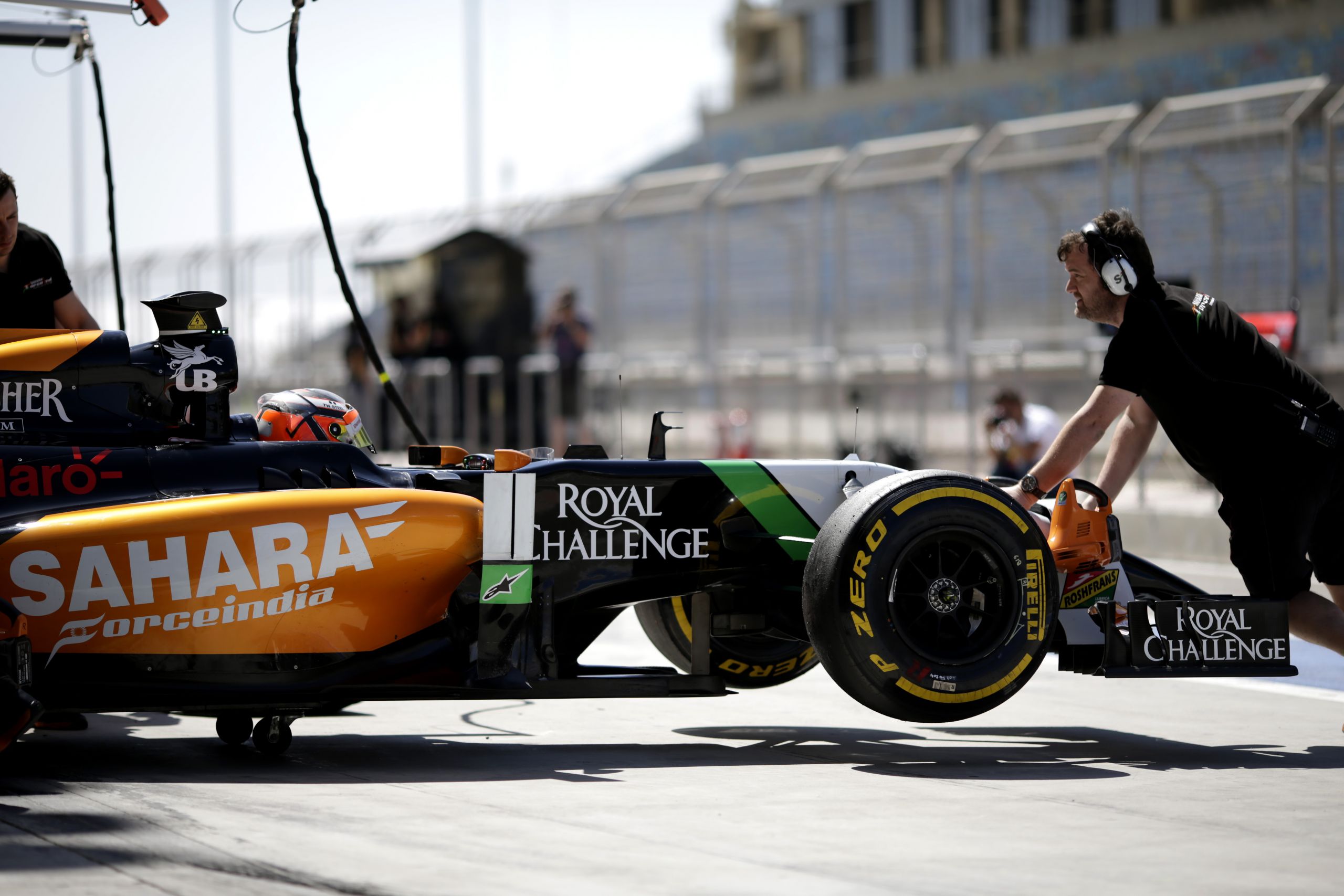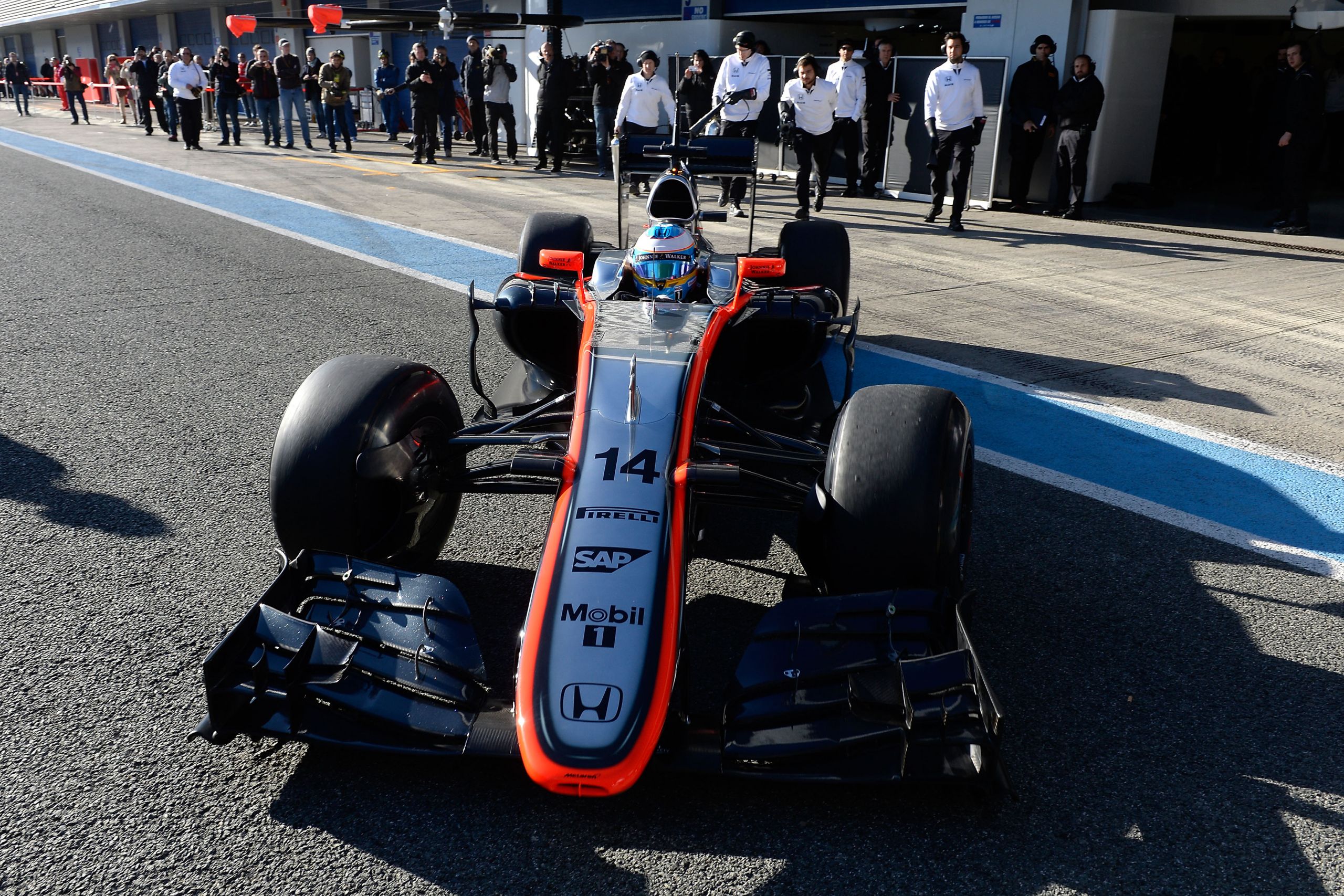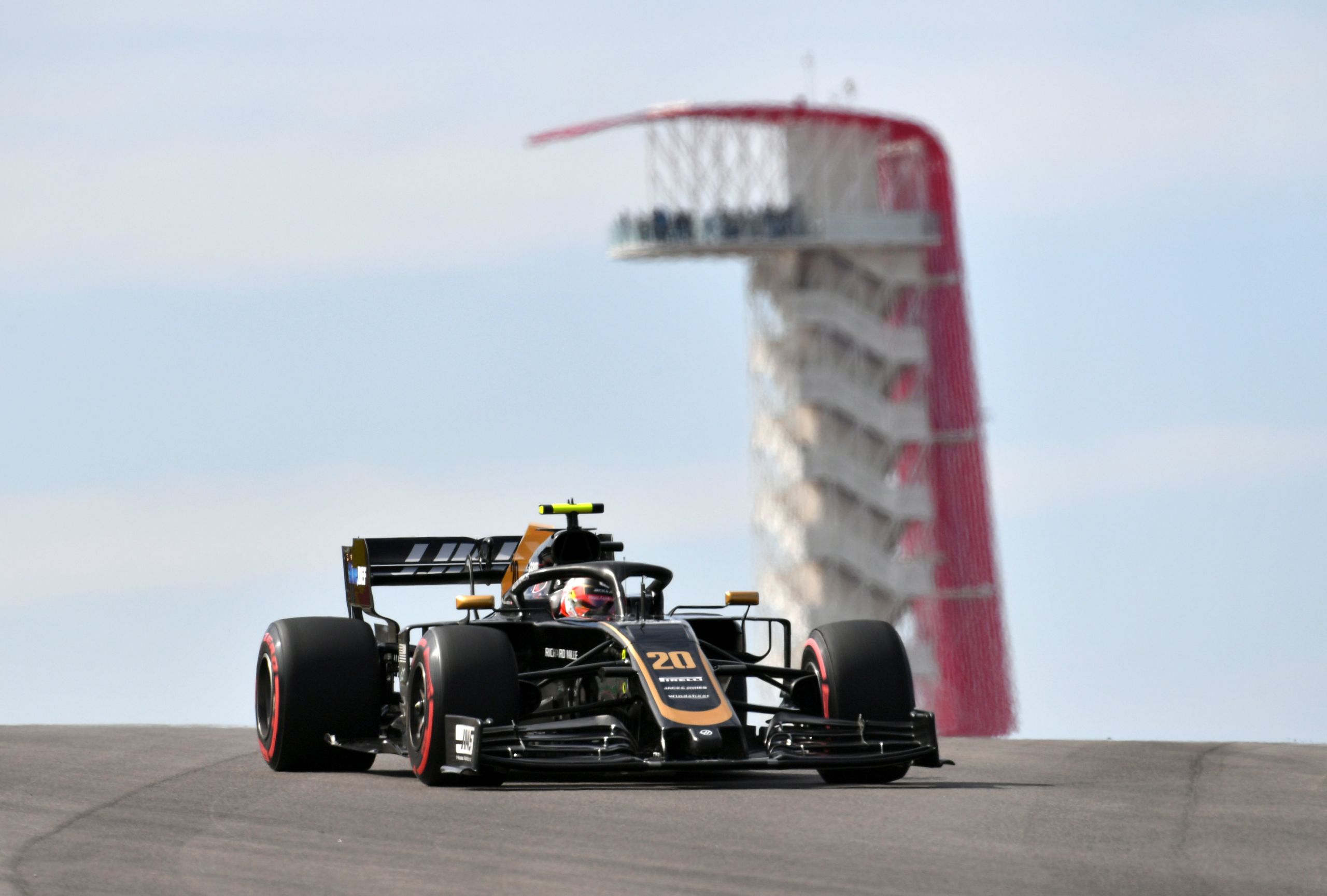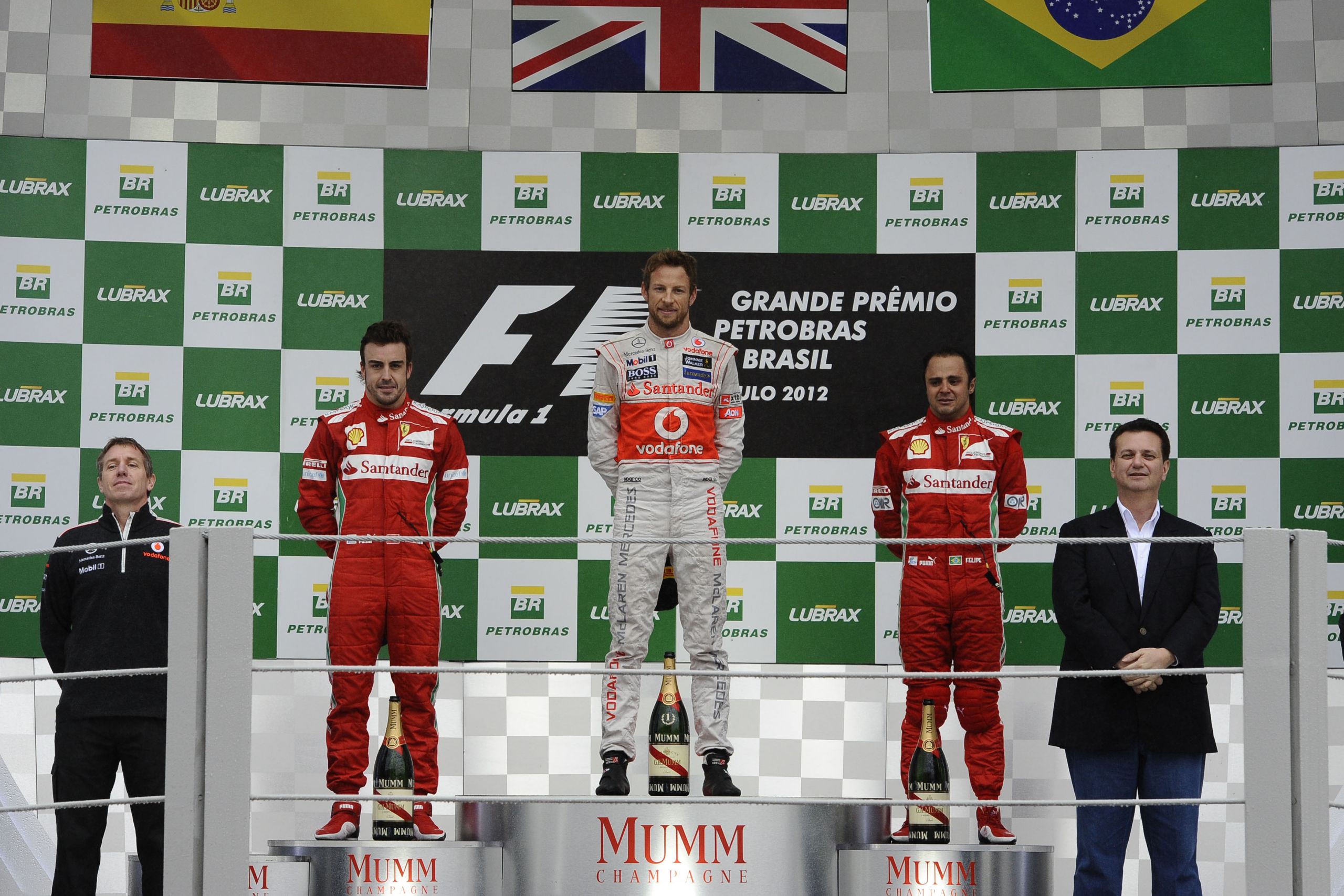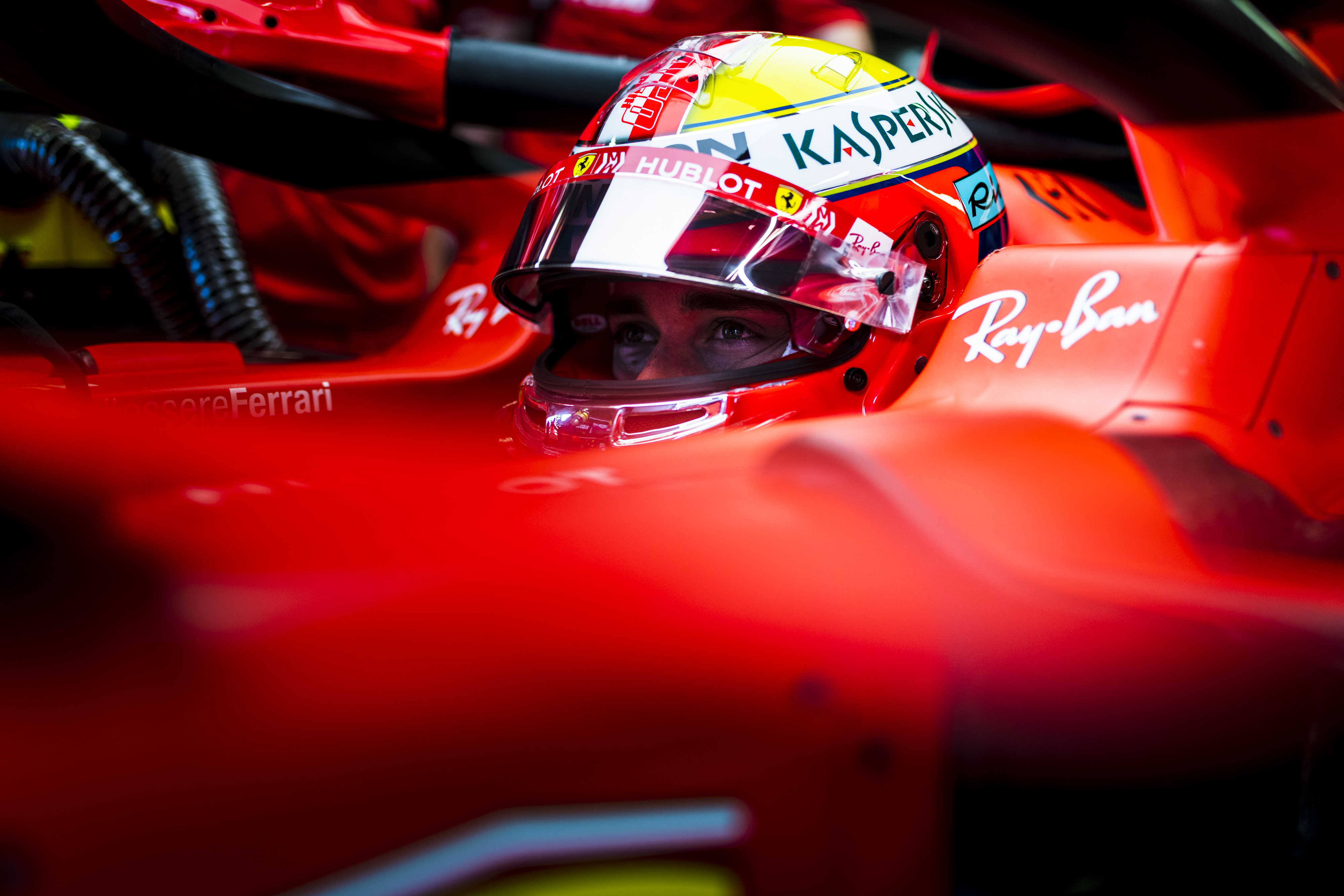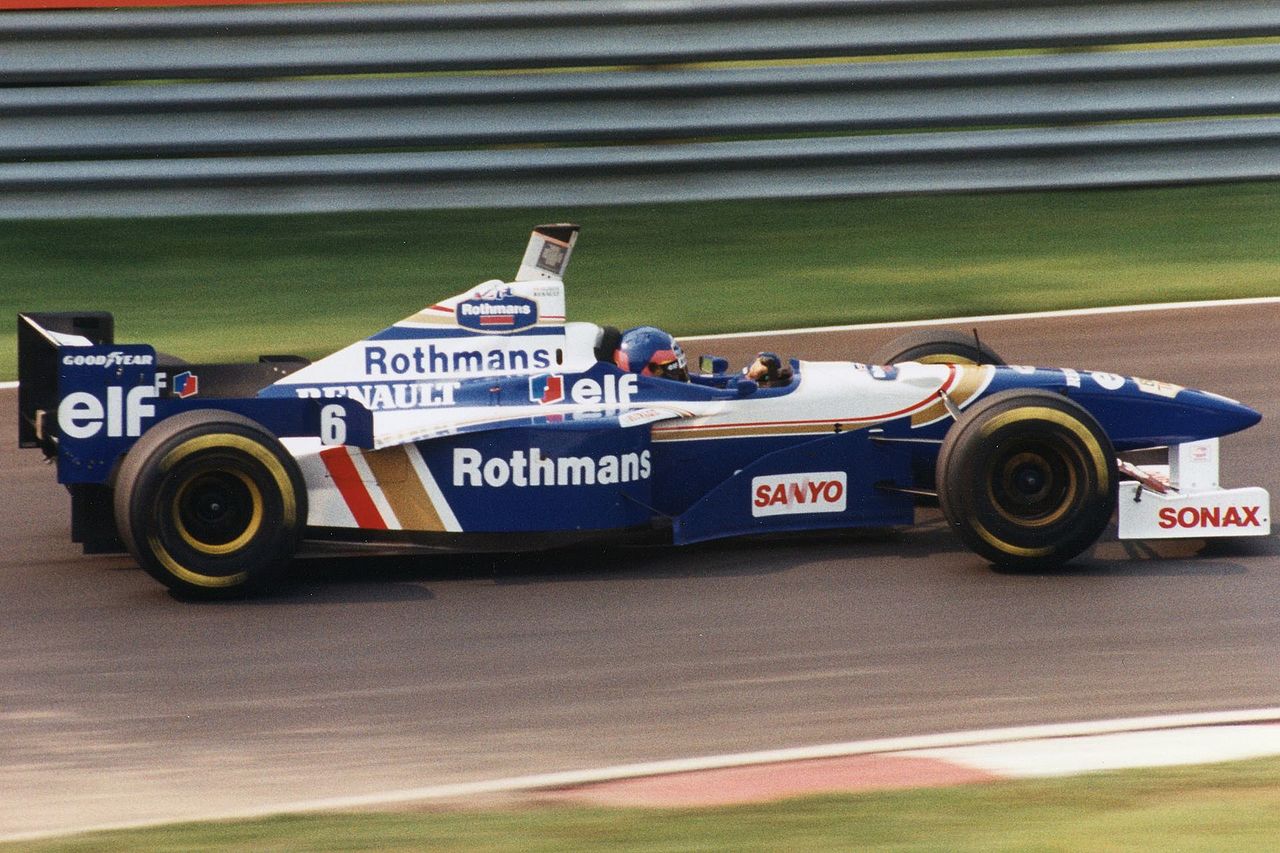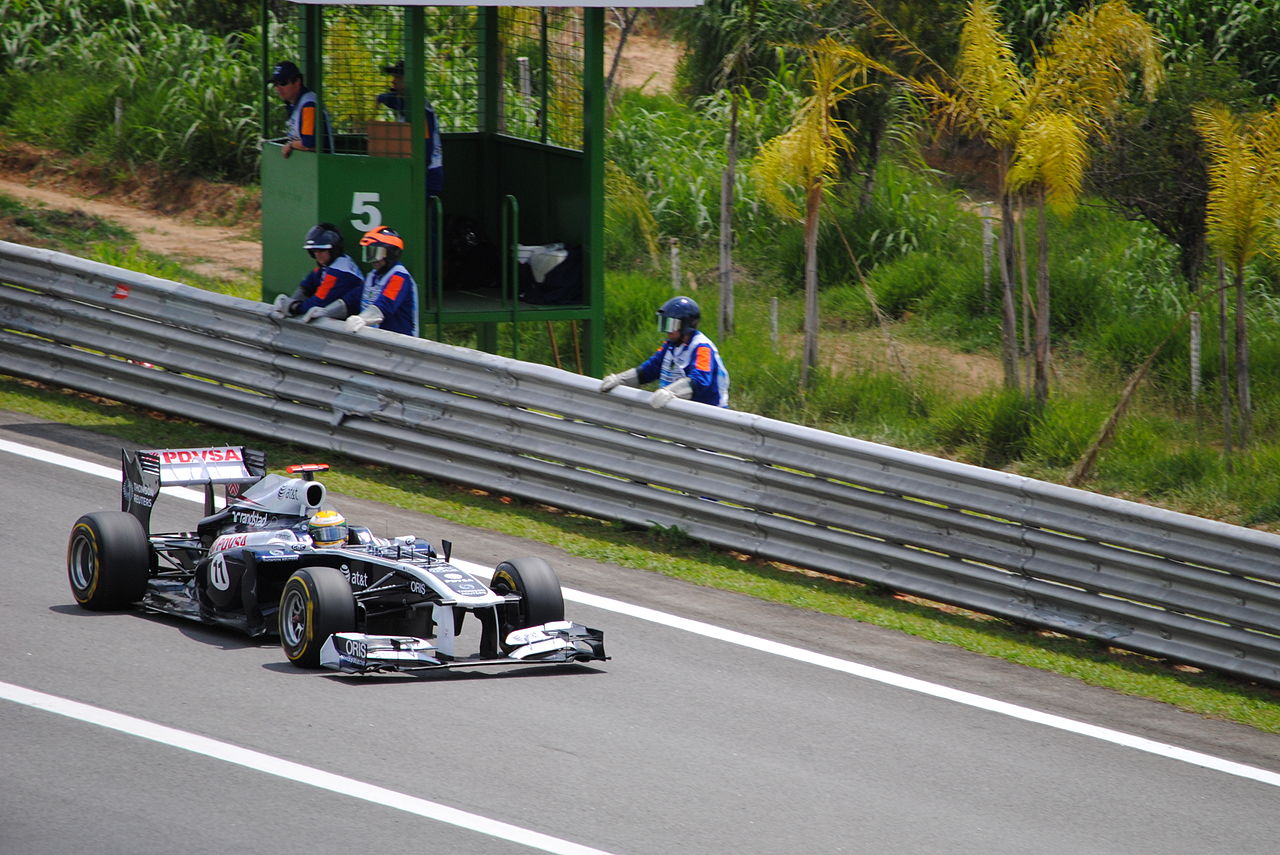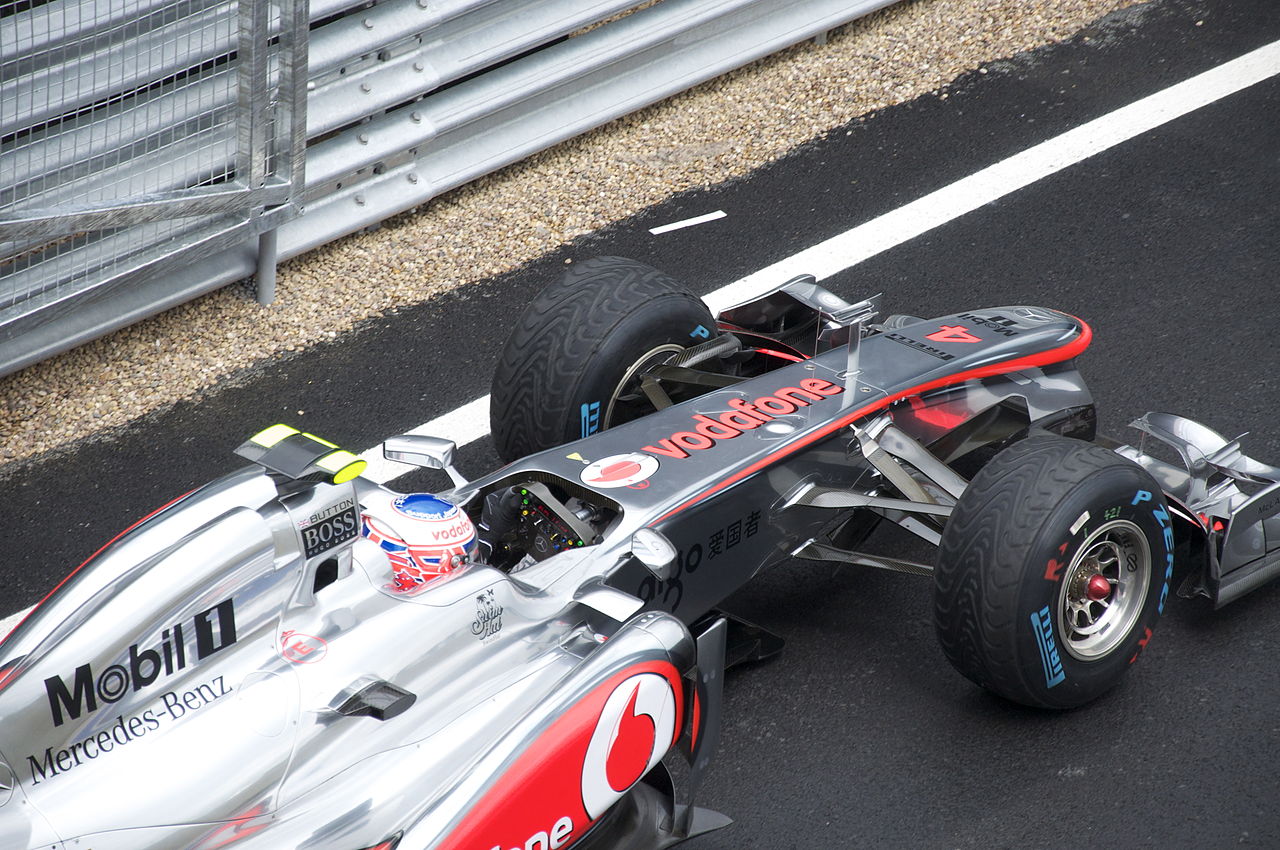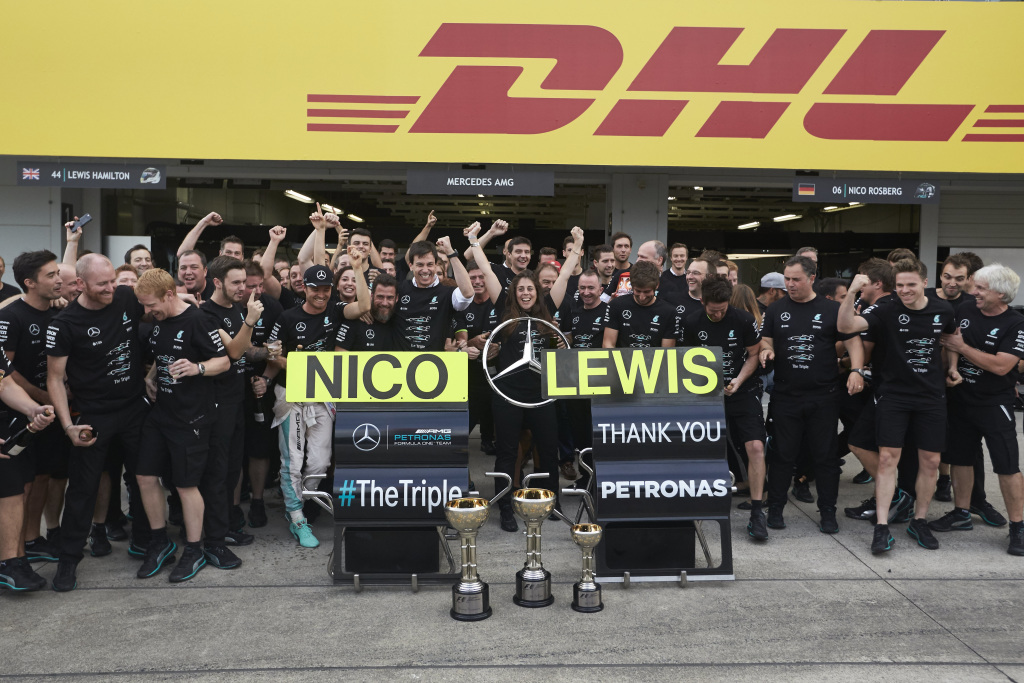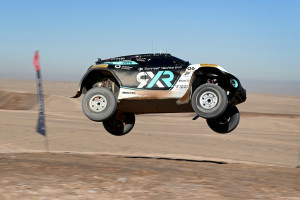
The start of the fourth (and final) Extreme E season is just days away, and there have been a number of changes to the series in the off-season.
Old teams have left, new teams have joined, and several drivers will make their Extreme E debut this weekend. It can be a lot to take in, so here’s a handy guide to take you through all the major changes.
Teams:
Following the announcement that Extreme E will transition from an all-electric off-road series to a hydrogen powered series in 2025, four teams have (at least temporarily) withdrawn from the grid.
Three founding members – ABT Cupra, Chip Ganassi, and X44 – will not participate in Extreme E this year, with Carl Cox Motorsport also announcing their withdrawal.
However, all four teams expressed an interest in Extreme H, leaving the door open to a 2025 return.
It’s not all doom and gloom for the Extreme E roster this year though, with two new teams set to make their debut.
Swiss food producers SUN AG have entered the fray, with former Carl Cox Motorsport driver Timo Scheider acting as driver and team principal for the SUN Minimeal Team.
On joining the series, SUN AG CEO, Wolfgang Grabher said: “Our involvement in Extreme E will help us to globally present our innovation for healthy nutrition and our mission to reduce nutritional resources by 90 per cent and reach up to 2.1 billion households.”
But perhaps the biggest coup for the series is the entry of Legacy Motor Club, co-owned by NASCAR legend Jimmie Johnson. The team currently compete in the NASCAR Cup Series and will be a huge boost for Extreme E in the US.
Returning to the series for season 4 are Veloce, Rosberg X Racing (RXR), JBXE, Andretti, Acciona Sainz, and McLaren.
New Driver Line-ups:
The upcoming season will see many old faces return, though some in different colours, as well as a few new drivers joining the grid.
At SUN Minimeal, Timo Scheider will be joined by exciting young Swede Klara Andersson. Andersson’s only win to date was in her second ever Extreme E race at the Season 2 finale.
Fellow newcomers Legacy Motor Club will be represented by Gray Leadbetter and Travis Pastrana in the opening round. Jimmie Johnson has, however, announced his intention to join the grid later in the season.
Three teams remain unchanged heading into the new campaign. Molly Taylor and Kevin Hansen will continue with Veloce, Johan Kristofferson and Mikaela Ahlin-Kottulinsky with RXR, and Catie Munnings and Timmy Hansen with Andretti.
JBXE will introduce a new driver to the series, as Saudi Arabian driver Dania Akeel partners Andreas Bakkerud. Bakkerud joined the team in Season 3, but finished joint last.
Last season’s championship runners-up, Acciona Sainz, have stuck by Laia Sanz for the coming year, despite her mistake costing the team the title. Replacing Mattias Ekstrom at the Spanish team will be former X44 driver Fraser McConnell.
Finally, McLaren have an all new driver pairing. Mattias Ekstrom has made the jump to the iconic team, where he will be partnered by Cristina Gutierrez.
Rules:
With the grid shrinking from ten teams to eight, there have been a few minor tweaks to the rule book.
Qualifying heats will now consist of four cars each, and the grid for Q2 will no longer be determined by the results of Q1. Both the redemption race and the grand final will also have four cars each.
Teams must also ensure that both their male and female drivers start an equal number of races across the season. This will add a new tactical element, as teams decide which tracks to start each driver.
Calendar:
The season once again starts with the Desert XPrix in Jeddah, Saudi Arabia on the 17th and 18th February.
There will then be a five month gap before a European race – yet to be confirmed – on the 13th and 14th July.
The Island XPrix returns to Sardinia, Italy, with four rounds hosted over two weekends in September. The first two rounds at the island XPrix will take place on the 14th and 15th September, with the other two rounds a week later on the 21st and 22nd September.
The USA will host the Extreme E finale, with the Valley XPrix taking place in Phoenix, Arizona on the 23rd and 24th November. It will be the first time Extreme E has visited the United States.
Desert XPrix:
Extreme E’s swan song will look to get off to a flyer at the Desert XPrix this weekend. With new teams and new drivers to look out for, it’s sure to be packed full of action.
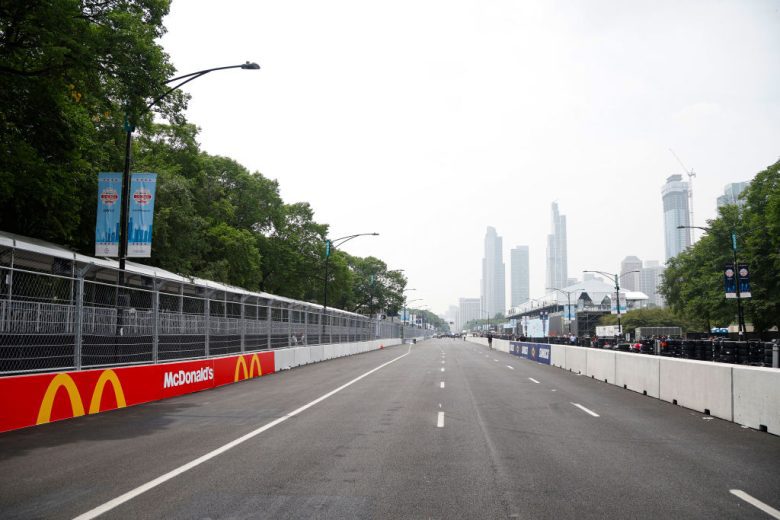
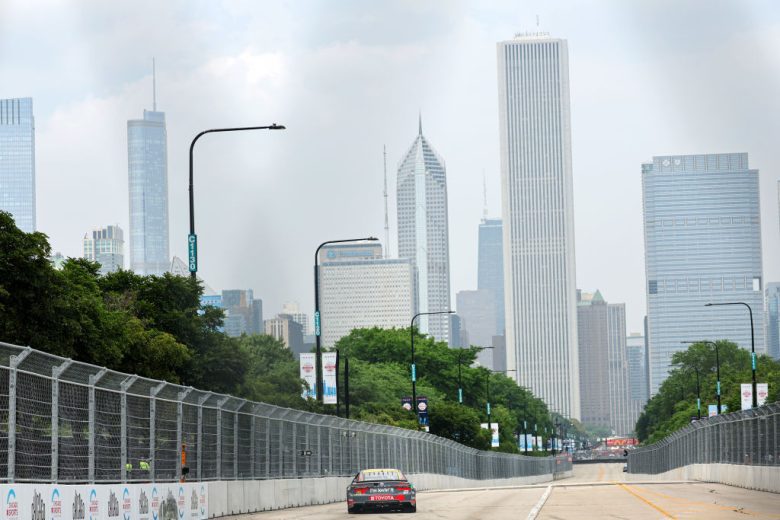
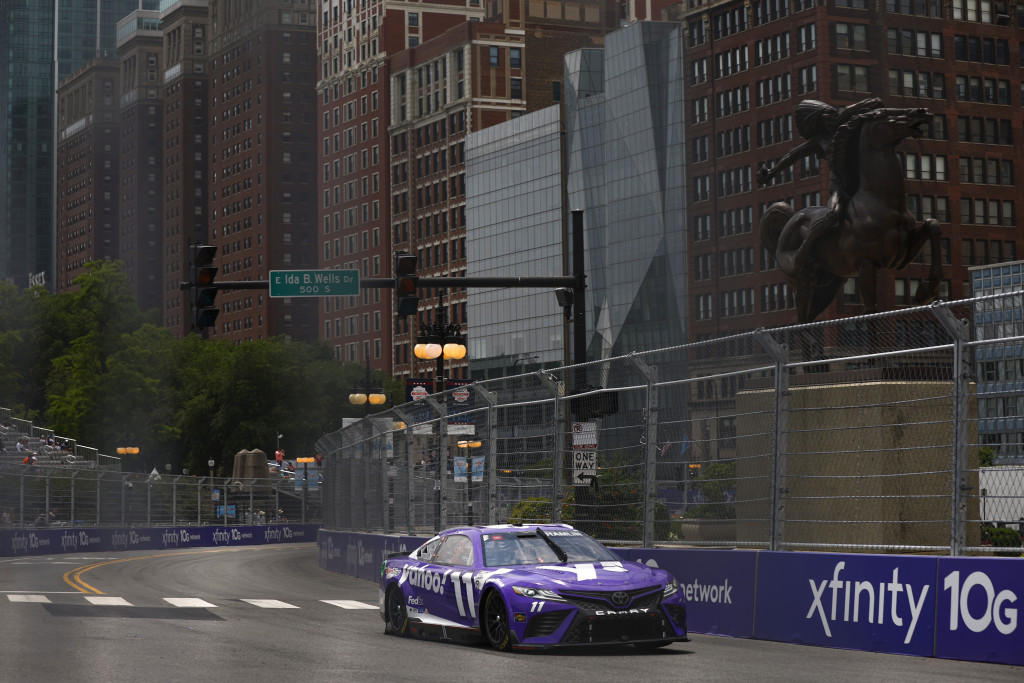
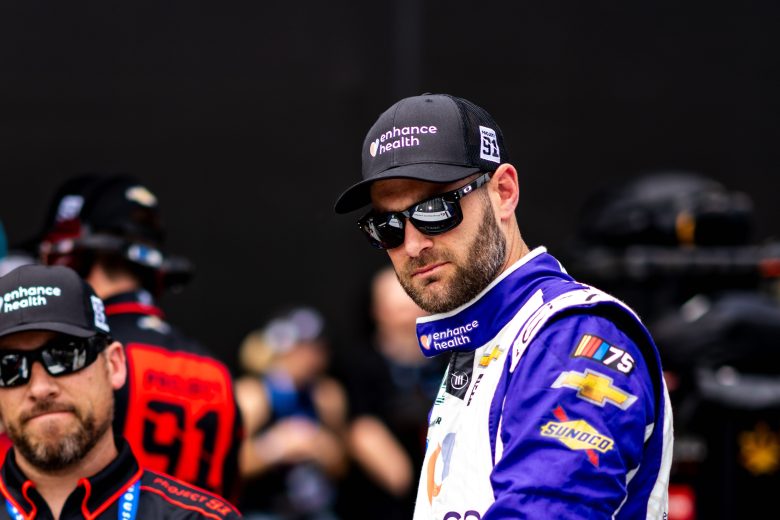
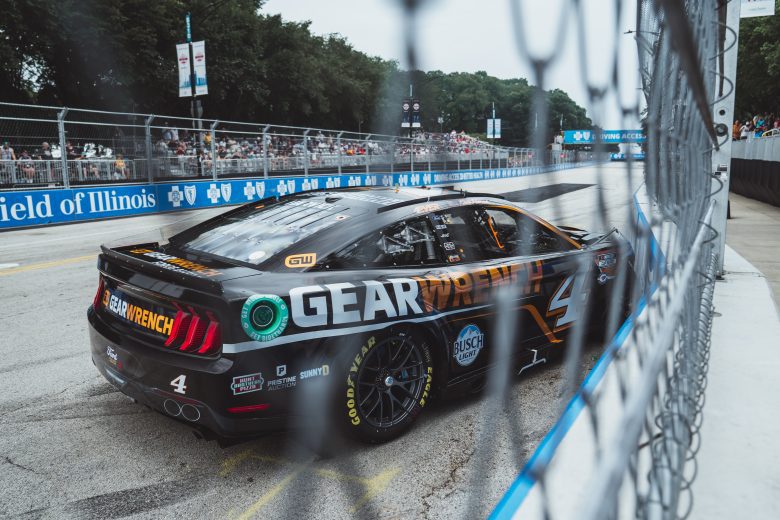
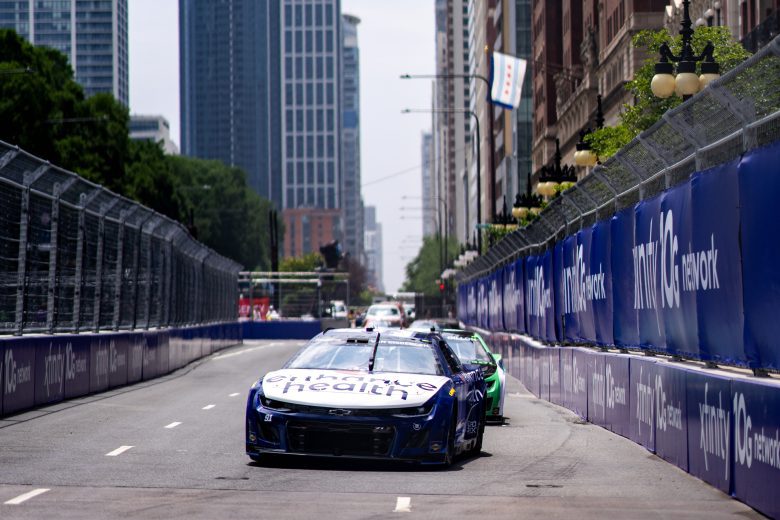
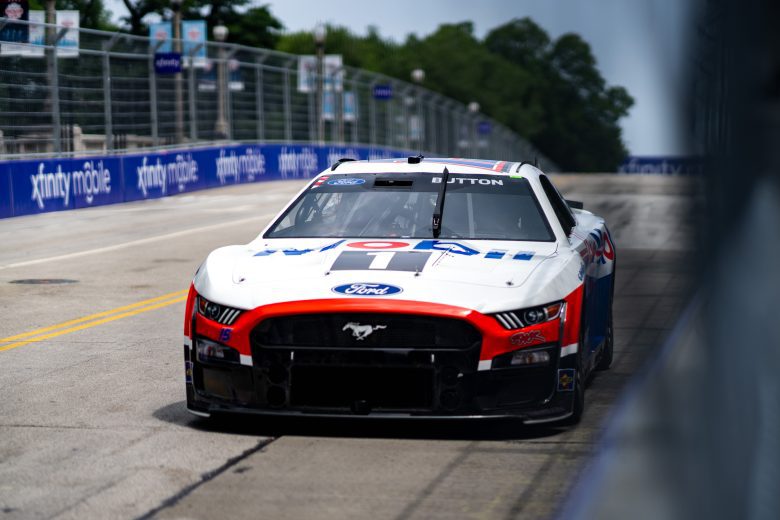
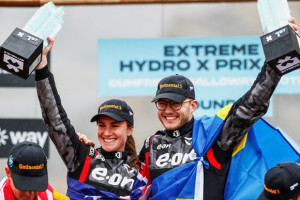 Veloce won Round 4 of the Extreme E championship to take the lead in the title race. Here’s how the day’s action unfolded.
Veloce won Round 4 of the Extreme E championship to take the lead in the title race. Here’s how the day’s action unfolded.